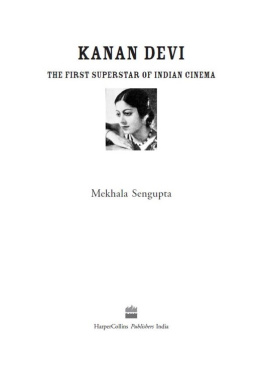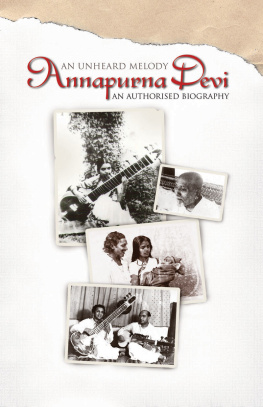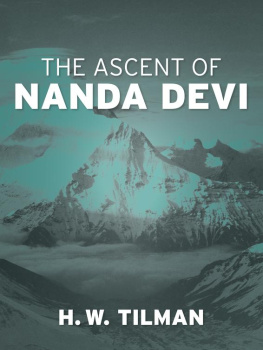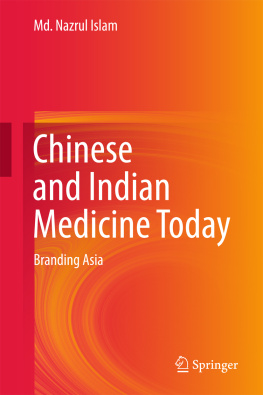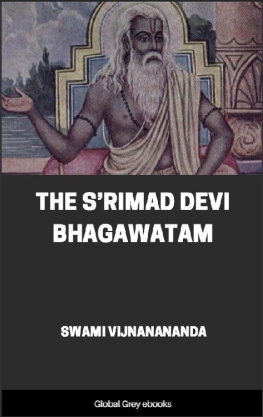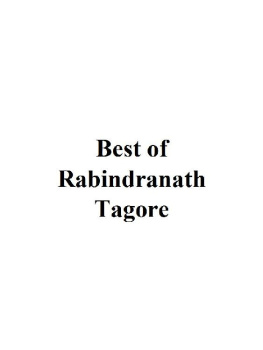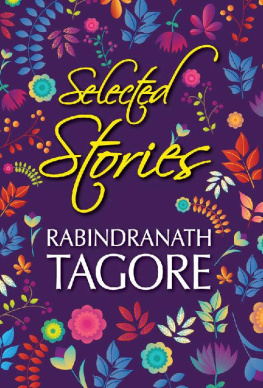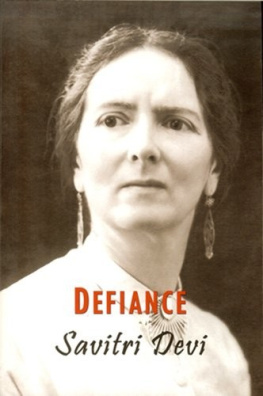AUTHOR'S NOTE AND
ACKNOWLEDGEMENTS
My introduction to the haunting music of Kanan Devi began in the 1980s in Bombay, now Mumbai, where I began work as a management trainee in the financial services sector. I came in contact with a remarkable couple, Nirupama and Ajit Sheth, who brought the vintage voices of Kundan Lal Saigal, Kanan Devi, Uma Shashi and Pankaj Mullick to a newer generation. They did so through live stage shows by young amateur artists at the Bhaidas and NCPA auditoriums in Bombay, without adding jhankar beats or any modern form of auto- tuning.
This was the initiation, an insight into melodies which were remarkable in their structure and simplicity. Surprisingly, such melodic structures, while open to avant-garde innovations from within, as well as to catalysing influences from overseas, including contemporary, gospel, bluegrass and classic musical traditions, were never copies or plagiarisms. The voices too, of that era before playback singing, had an unmistakable clarity and needed no props of any form.
Nirupama Sheth gave me an audio recording of Kanan Devi's voice. These were some of her finest songs and captured a range of emotions. The nature lover rhapsodized in 'Chale pawan haraso' and 'Mast pawan shakhaya lehraye'. The situational, philosophical point of 'Toofan mail', the devotion and spirituality in 'Hamari laaj nibhawo', 'Prabhuji prabhuji tum rakho laaj' and 'Lachmi moorat daras dikhaye' contrasted the coquetry in 'Door des ka rehne wala aaya', 'Zara nainon se nainan milaye', and 'Tum bina kal na aava'. There was a wanton insouciance in 'Loot liyo man dheer hoton pe amrit barsaya', 'Kaun mann lubhaya, kaise man mein aaya', and 'Sapnon me koi aata hai'. Certainly not the explicit lyrics of the music today, they were still bold for their time. The voice was pristine and intoxicating. It was an enrapturing experience!
A long period followed overseas, colouring my life's canvas with the various ups and downs in the financial markets. On my return to India, I revisited all the familiar melodies. A meeting with nonagenarian Pran Neville, an aficionado of vintage music, during which he spoke of Kanan Devi's remarkable rags-to- riches story, made me realize that while I was familiar with her songs, I knew little of her life. So began a reading of the life of Kanan Devi and the times she lived in, which eventually became this book.
With a string of hits by 193435, Kanan Devi was the first star of Bengal cinema, and can in fact lay claim to the title of the first superstar of Indian cinema, since Calcutta was at the time the centre of Indian cinema. With her mellifluous voice, classic beauty and histrionic talents in bilingual films that had a unique appeal to both the elite and the masses, Kanan Devi, or Kanan Bala as she was initially known, was one of the few singer actresses to have been successful in silent films as well as the talkies. She worked with the biggest stars of the pre-playback cinema days in India and delivered huge hits.
Yet, she just vanished from the public eye. Her name seems to come up only in a discussion of K.L. Saigal and Pankaj Mullick, or New Theatres of Calcutta during the 1930s and '40s. This was perhaps in part because of a conscious exit from the public eye after she left films.
This book is aimed at reminding the present generation of this incomparable singer and actress. She was a high achiever who overcame tremendous odds. Kanan's transcendence over the darkness of her circumstances, within the canvas of the turbulent historic, economic, social and political milieu she lived in, to become a screen legend is an incredible story that has to be told. This biography is an attempt to record the life of an extraordinary woman of many dimensions, while also documenting the vivid world around her. For, Kanan's major acting days, through the 1920s to the '40s, were a time of great volatility for India, then a cosmopolitan yet subject nation and colony of Britain.
The process of documenting Kanan's early life was a challenge, given the many accounts of her early life in circulation. Quite in contrast to a recent candid biography of Sophia Loren, one of the screen goddesses of the last century, titled Yesterday, Today, Tomorrow: My Life, there are many blanks in Kanan's official autobiography, Sabaray Ami Nomi (I am Beholden to All, 1973), a glaring omission being her first marriage to Ashok Maitra. Loren's, like Kanan's, is an astonishing journey, marked by a down-to-earth attitude, determination and resilience. What is further common, making it a compelling story, is the background and then the trajectory from an impoverished childhood to a movie icon with worldwide fame and success and then to her life as a grandmother.
The present book uses Kanan Devi's autobiography (quotes in the first person are from this, translated by me unless otherwise specified), other published sources, material from the Prasar Bharati Sound Archives of All India Radio (AIR) and the personal anecdotes of those who interacted directly with Kanan Devi. Interviews recorded with her about her life as an artist in music and films, and the issues and problems faced by the industry, were sourced from the AIR archives. These include the interview by Virendra Narayan when Kanan Devi came to receive the Dadasaheb Phalke Award from the president of India in New Delhi in 1977, and the Aaj Sandhyar Shilpi interview by music journalist Sandhya Sen on 8 July 1982.
Any shortcomings in this attempt to capture Kanan Devi's life and times are all mine. That notwithstanding, I must thank Ruby (Bula) Bhattacharjee, Sanjeet Chowdhury, Srinjoy Chowdhury, Dhiren Das, Dr Jyoti Prakash Guha, Dr Shomit Mitter, Tarun Mazumdar, Pran Neville, Debabrata Ray, Dr Jawhar Sircar and Sandhya Sen for their invaluable contributions. Without the courtesy of the Prasar Bharati Sound Archives of All India Radio, the only available sound interviews would not have been available. I must mention the efforts of Aurobindo Dasgupta of Dasgupta & Co., booksellers at College Street, Sudhanshu Dey of Dey Publishing, who first helped me obtain the published autobiography in Bengali as the starting point, and my publishers HarperCollins. There are many others. But most of all I am indebted to my father Dr Nitish Sengupta for his patience, inspiration and encouragement.
Few of today's generation will probably know the name of Kanan Devi or Kanan Bala or just Kanan. However, in terms of the early Indian movie queens, when we recall those who were made of the stuff that legends are made of, the names of Devika Rani (190794), Durga Khote (190591), Sulochana a.k.a. Ruby Myers (190783), Nadia a.k.a. Fearless Nadia (190896) and Kanan Bala (Kanan Devi, 191692) stand out, interestingly each for a different facet.
In any discussion of the music of Indian cinema before the emergence of playback singing, the era of the singing star, the name of Kanan Bala stands out. This was a period after the advent of the talkies in India in 1931. The first attempt at playback took place in 1935 as a recording experiment at New Theatres, Calcutta, but it took time for both the technology to perfect itself and for it to become rooted across the recording and film industry, which it did by the late 1940s. Until then, Kanan was the reigning star and melody queen of Indian cinema with box-office hits all over India.

